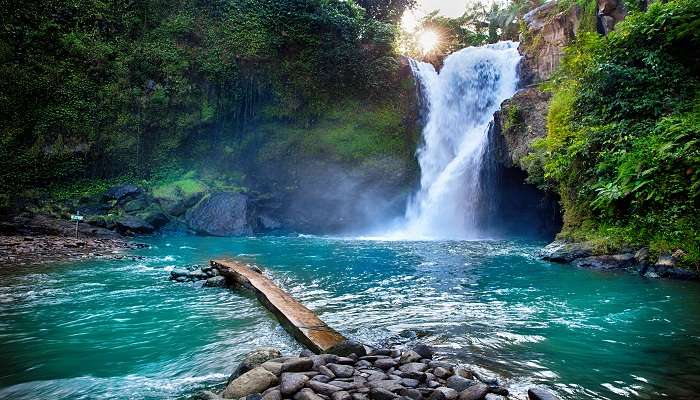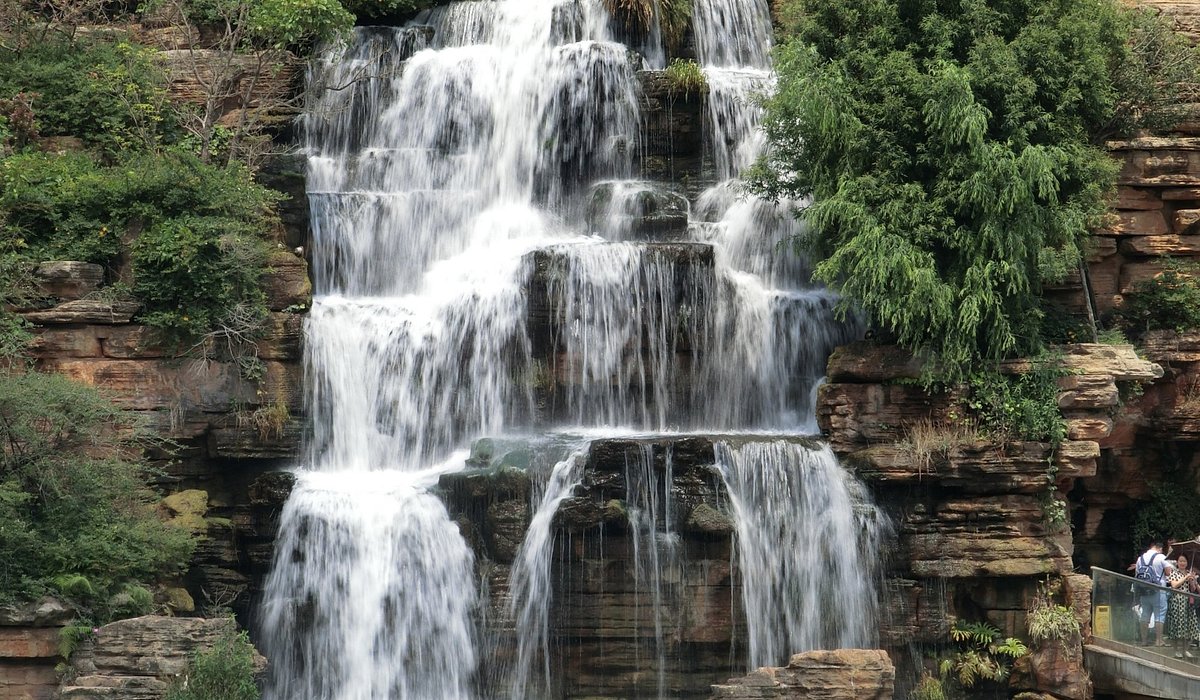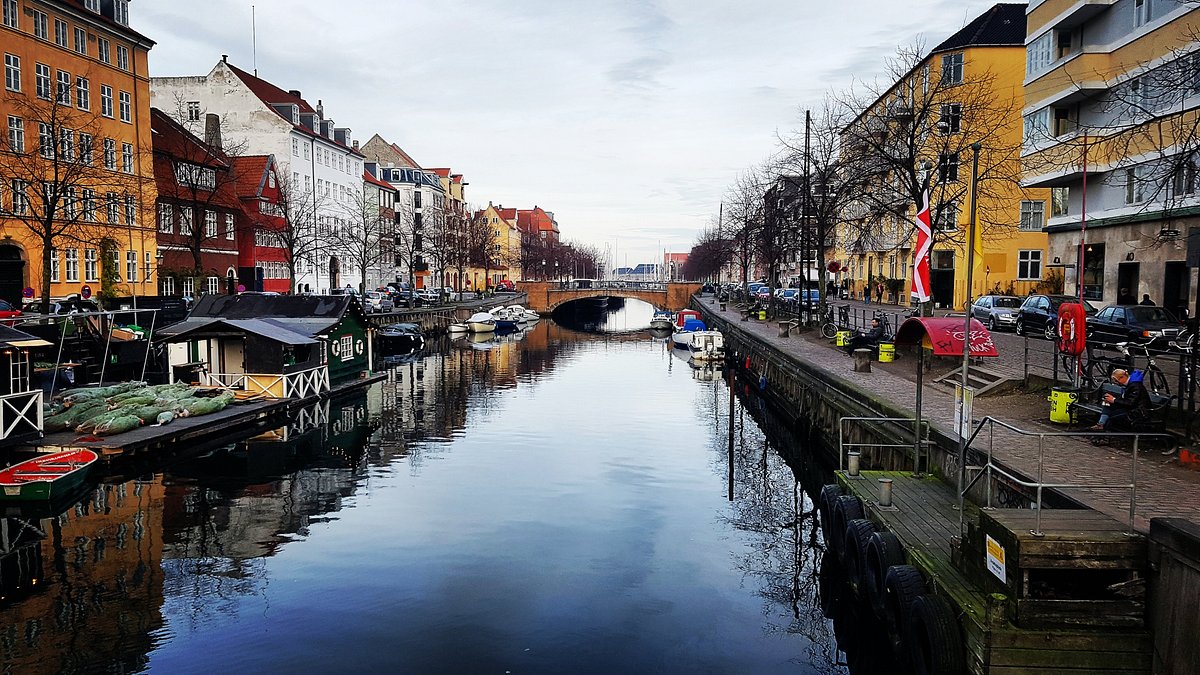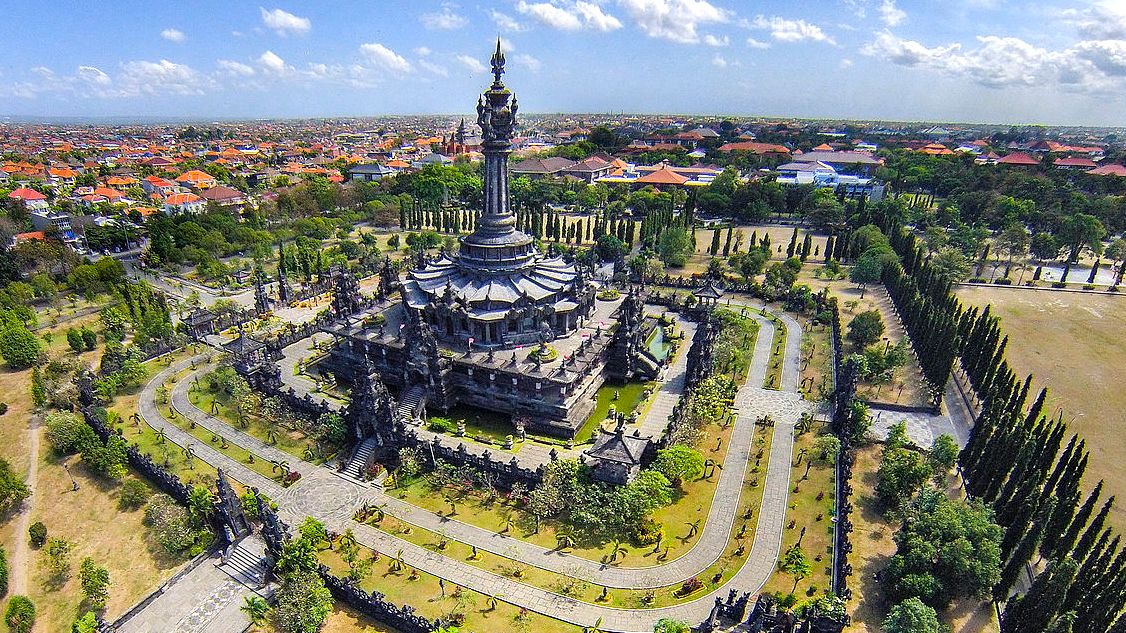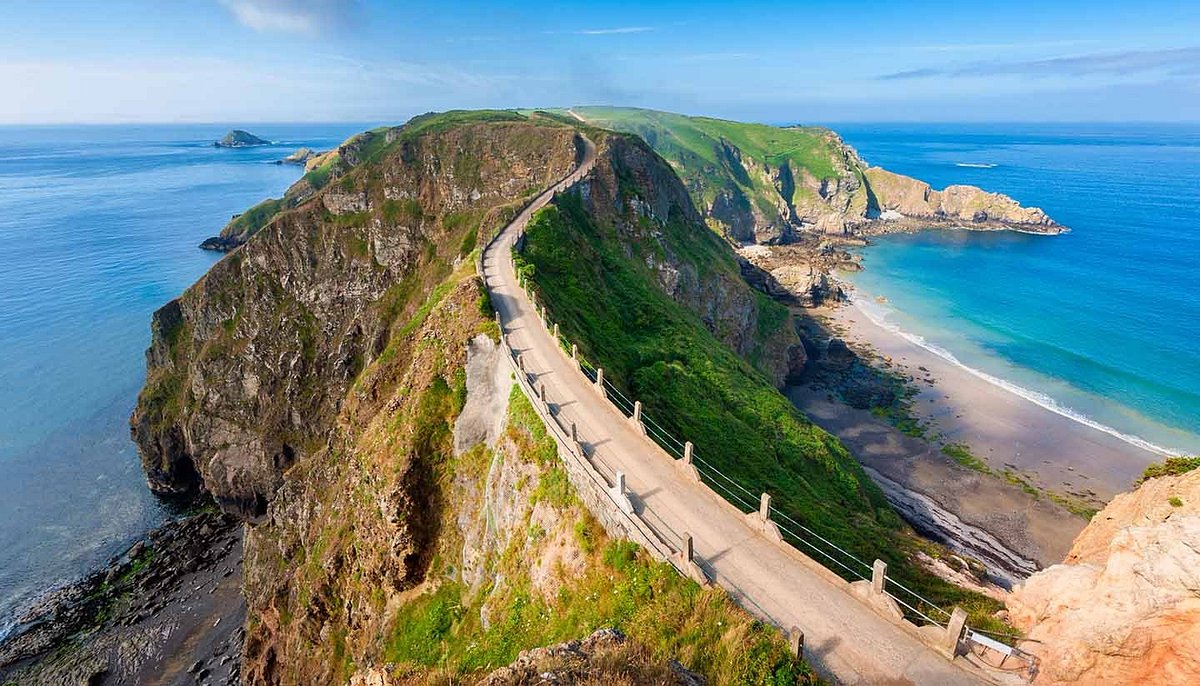Tucked away in the southern stretch of Croatia lies a jaw-dropping natural treasure that travel enthusiasts have begun calling the “Bali of Europe.” With crystal-clear turquoise pools, cascading waterfalls, and lush green surroundings, Krka National Park is one of the continent’s most beautiful and serene outdoor destinations. It’s a place where nature thrives and visitors find a peaceful escape, and its visual appeal rivals that of Bali’s most iconic waterfalls—but without the long-haul flight or heavy crowds.
A Natural Wonder in the Heart of Croatia
Located in Šibenik-Knin County, Krka National Park spans over 109 square kilometers along the Krka River. The park is named after the river itself, which originates in the Dinara Mountains and flows all the way to the Adriatic Sea. What draws travelers from around the world isn’t just the scenic terrain, but the park’s seven stunning waterfalls, each framed by vibrant forest, emerald vegetation, and dramatic limestone formations.
The crown jewel of the park is Skradinski Buk, a multi-tiered waterfall stretching nearly 800 meters. With water rushing over naturally formed travertine steps into sparkling blue-green pools, Skradinski Buk offers an unforgettable setting. It’s this dreamy backdrop that has earned Krka its nickname—comparable in magic and serenity to Bali’s famed natural wonders.
Why It’s Called the “Bali of Europe”
The comparison isn’t just about water—it’s about atmosphere. Like Bali, Krka National Park offers:
- Cascading waterfalls surrounded by rich tropical-style vegetation
- Swimming in clear, natural pools
- Wooden boardwalks and shaded trails
- Spiritual heritage sites, including monasteries and ancient ruins
But unlike Bali, Krka is located just a short drive from Split or Zadar, both of which have direct flight connections to most major European cities. In recent years, the park has become a favorite for travelers looking to experience a tropical escape without leaving Europe.
Swimming Under Waterfalls: A Rare Experience in Europe
One of the biggest highlights of visiting Krka is the opportunity to swim in its pristine natural pools. Although swimming is now limited to certain areas to protect the ecosystem, visitors are still able to take a dip near specific zones close to Skradinski Buk and Roški Slap. The feeling of floating beneath a flowing waterfall, with birds overhead and greenery all around, is hard to match.
Roški Slap and More Hidden Gems
Beyond Skradinski Buk, the park is home to Roški Slap, another majestic waterfall known for its quieter atmosphere and nearby caves and mills. While less visited, it provides panoramic views and a more tranquil experience for travelers looking to avoid larger crowds.
Nearby, you’ll also find Visovac Island, a small island on the Krka River housing a historic Franciscan monastery and stunning gardens. Boat tours from Skradin often include a visit to this peaceful retreat, making it ideal for a day trip steeped in both nature and history.
When to Visit for the Best Experience
The best time to explore Krka National Park is between May and September, when the weather is warm, and the waterfalls are flowing at full strength. Summer is popular, so for those who prefer fewer people, June or early September offer the best balance between sunshine and serenity.
In autumn, the park takes on a completely different character. The trees begin to turn golden, and the cooler weather makes hiking especially pleasant. It’s also a time when the crowds thin out, and the waterfalls flow gently in a quieter, more intimate setting.
How to Get There
Krka National Park is easily accessible from Split (90 km) and Zadar (75 km). Buses run regularly to the town of Skradin, which serves as the main entrance to the park. From there, a scenic boat ride along the Krka River takes visitors directly to Skradinski Buk.
If you’re traveling by car, the Lozovac entrance is best for parking and accessing major sights. Many visitors opt for guided tours departing from Split or Dubrovnik, especially if they want to include historical stops or wine tastings in the surrounding region.
Costs and Conservation Efforts
Entry to Krka National Park costs around €40 for adults in peak season, with discounts available for students and families. The park has invested heavily in eco-tourism initiatives—limiting swimming zones, maintaining wooden boardwalks, and preserving wildlife habitats. Visitors are encouraged to stay on marked trails, recycle, and respect local flora and fauna.
Who’s Behind the Preservation?
While Krka National Park is managed by the Croatian government’s nature conservation agencies, its rising popularity has also drawn international support. Conservationists, researchers, and local communities have worked together to ensure sustainable tourism. One notable figure in Croatian environmental policy, Ivana Tomić, age 48, is currently leading regional sustainability efforts and advocating for a balance between tourism and ecology in parks like Krka.
A Must-See Destination in 2024
If you’re dreaming of a nature escape filled with tropical vibes, waterfall swims, and panoramic views—but want to skip the long-haul travel and high costs—then Krka National Park is your answer. With its dramatic beauty, cultural depth, and eco-conscious design, it’s easy to see why it’s been nicknamed the “Bali of Europe.”
Whether you’re an outdoor enthusiast, a photographer, or just a traveler seeking something truly unique, Krka offers a sensory experience unlike any other in Europe. Add it to your 2024 travel list—you won’t regret it.
